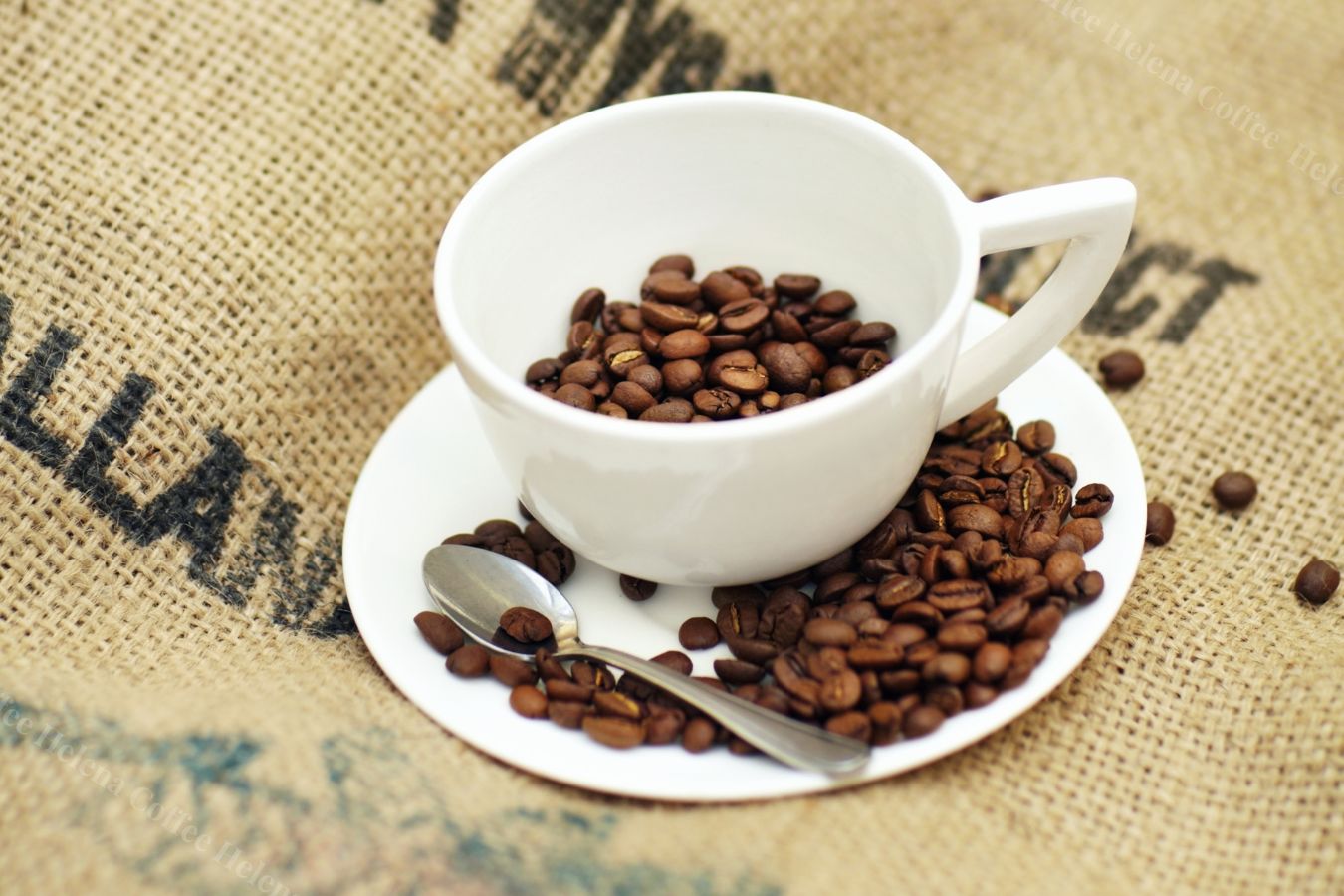
Export Of Coffee: Northern Europe – Opportunities And Difficulties – The Nordic region is a prospective market that Vietnamese coffee businesses need to focus on because it has the world’s highest per capita coffee consumption demand.
Therefore, Vietnam will have the possibility to enhance the export of coffee in the direction of increasing value as part of the push to increase market share in the Nordic market.
Potential for export of coffee thanks to Northern European coffee consumption
Coffee is not only seen as a beverage in the Nordic nations but also as an essential part of their culture and way of life. According to the Vietnam Trade Office in Sweden, Nordic nations are the world leaders in annual coffee consumption per person.
The six nations with the world’s highest per capita coffee consumption are all Nordic, with the Netherlands coming in at number five. Finland is the nation with the highest consumption in that.
With about 26.45 pounds, or 12 kg/person/year, or twice as much as Vietnam, coffee consumption per capita is the highest in the world.
In the second position, Norway consumes roughly 9.9 kg/person/year, Iceland comes in third with 9 kg/person/year, and Denmark and Sweden come in fourth and sixth with 8,7 and 8.2 kg/person/year, respectively.
Like many other European nations, consumers in the Nordic region have a strong preference for fair trade and high-quality organic products, so certifications of highly effective agricultural production integration with biodiversity conservation and human development, like Rainforest Alliance-UTZ, Fairtrade, frequently play a crucial role.
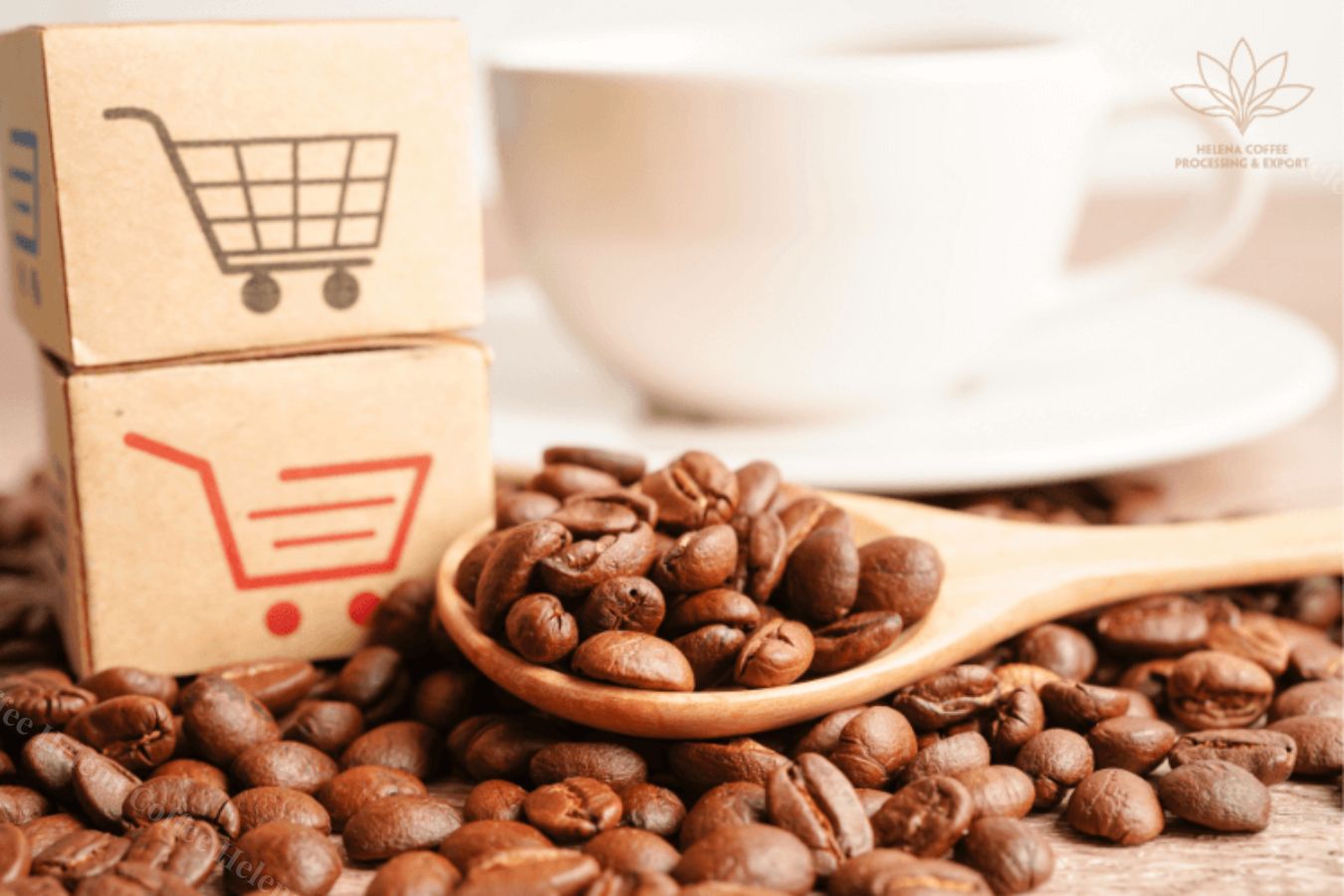
The most popular coffee type is black; most people use more expensive Arabica coffee beans, with a limited number of Robusta coffee beans.
Nordic nations like Norway, Sweden, and Denmark are regarded as significant markets for speciality coffee consumption on a global scale and the main entry points for high-quality coffee imports.
The average annual intake of coffee among the population of Sweden, which has a strong coffee culture, is 8.2 kg (70–80 thousand tons). As the market expands, Sweden’s coffee income will amount to roughly 7.13 billion USD in 2021.
From 2021 to 2025, the market value is anticipated to increase by an average of 5.83% annually. During the same time, Denmark and Norway experienced average growth rates of 8.06% and 5.25%, respectively.
Furthermore, the Nordic nations are among the top consumers of organic food in Europe. Among the organic drinks available here, organic coffee is the unique beverage with the quickest growth rate.
Organic food is constantly available in the catalogues of Nordic coffee roasters and coffee brands.
Consumer interest in the provenance and technical standards used to produce coffee beans has increased in response to the rising demand for speciality coffees, resulting in continuous development in the Nordic region’s sales of certified sustainable coffee.
In a Sustainable Brand Index poll of over 40,000 Nordic consumers conducted in 2018, 62% of the respondents from Norway, 73% from Sweden, and 72% from Denmark claimed that sustainability was the most critical factor in their buying decision.
As a result, the Nordic region can be split into 4 categories based on the quality of coffee: Low-grade coffee is often Robusta and is used mainly for blending and manufacturing instant coffee.
This market category retains a sizable, albeit shrinking, market share and is primarily offered in supermarkets, offices, and colleges, with retail prices ranging from 6.67 to 7.5 euros/kg. It also does not require such certification.
This segment has a sizable and largely stable market share. Coffee in this segment is sold in supermarkets and to food service companies with retail prices ranging from 11.88 to 13.05 euros/kg.
Mid-range coffee is a good quality coffee, which typically includes a blend of Arabica and Robusta, such as high-quality espresso, which requires at least Rainforest Alliance/UTZ certification, some requiring organic or fair trade.
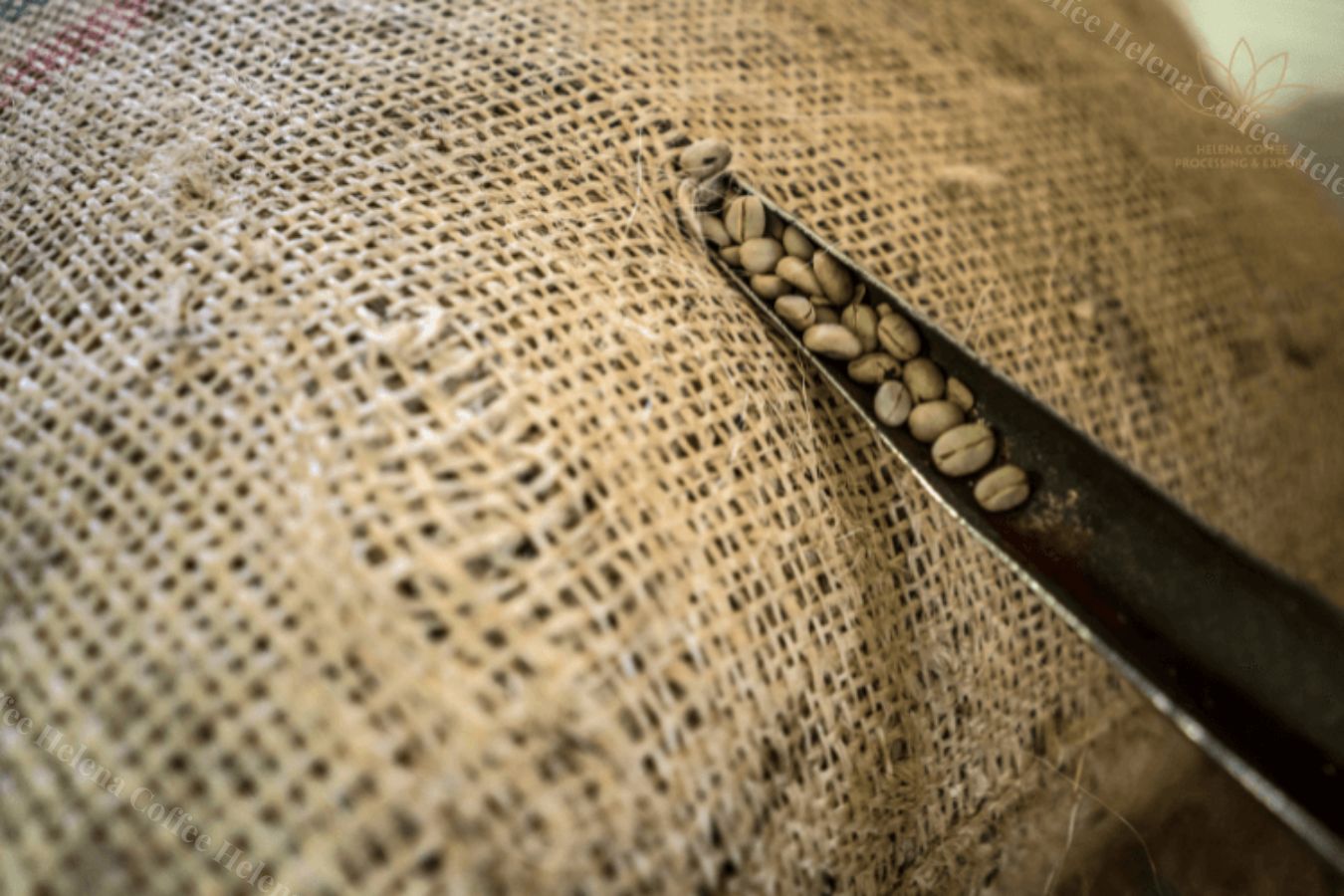
Wet-processed Arabica coffee is classified as the premium if it has a test score of 80 to 85, is often single-origin with a backstory, and is sold through speciality channels. Its market share is tiny but expanding.
The premium segment, which includes speciality coffees that score above 85, frequently goes through novel processing methods, including wet, natural, or honey treatment.
These coffees, frequently sold directly by speciality roasters or speciality coffee shops, are often single-origin and traceable.
Retail prices for high-end and premium coffees range from 53.59 to 105.16 euros per kilogram in this market sector, which has a small but expanding market share. Additionally, producers and exporters of Vietnamese coffee regard this as a high reference note.
Challenges act as a catalyst for higher product values
Export of coffee from Vietnamese to the Nordic region is currently reasonably minor due to the tendency to import high-quality coffee, primarily Arabica.
In contrast, Robusta coffee is used mainly for blending. Norge typically imports 200 million USD of coffee every year, but relatively little comes from Vietnam (only about 1% of the market share).
Vietnam exported a fair amount of coffee to Norway between 2016 and that year.
However, following the 2017 coffee supply crisis, the export of coffee from Vietnamese to Norway has dropped by almost 50%, and the fall rate accelerated in 2018–2019 even though the supply has stabilized.
Vietnam’s export of coffee to Norway were worth barely 20% of what they were in 2016.
In 2020, export value began to rise again, rising by approximately 30% from 2019; nonetheless, during the entire period of 2016–2020, the growth rate of Vietnam’s coffee exports to this market still drops on average by 25%/year.
The majority of export of coffee from Vietnamese to Northern Europe are unroasted, decaffeinated green coffee beans; other coffee products are essentially nonexistent.
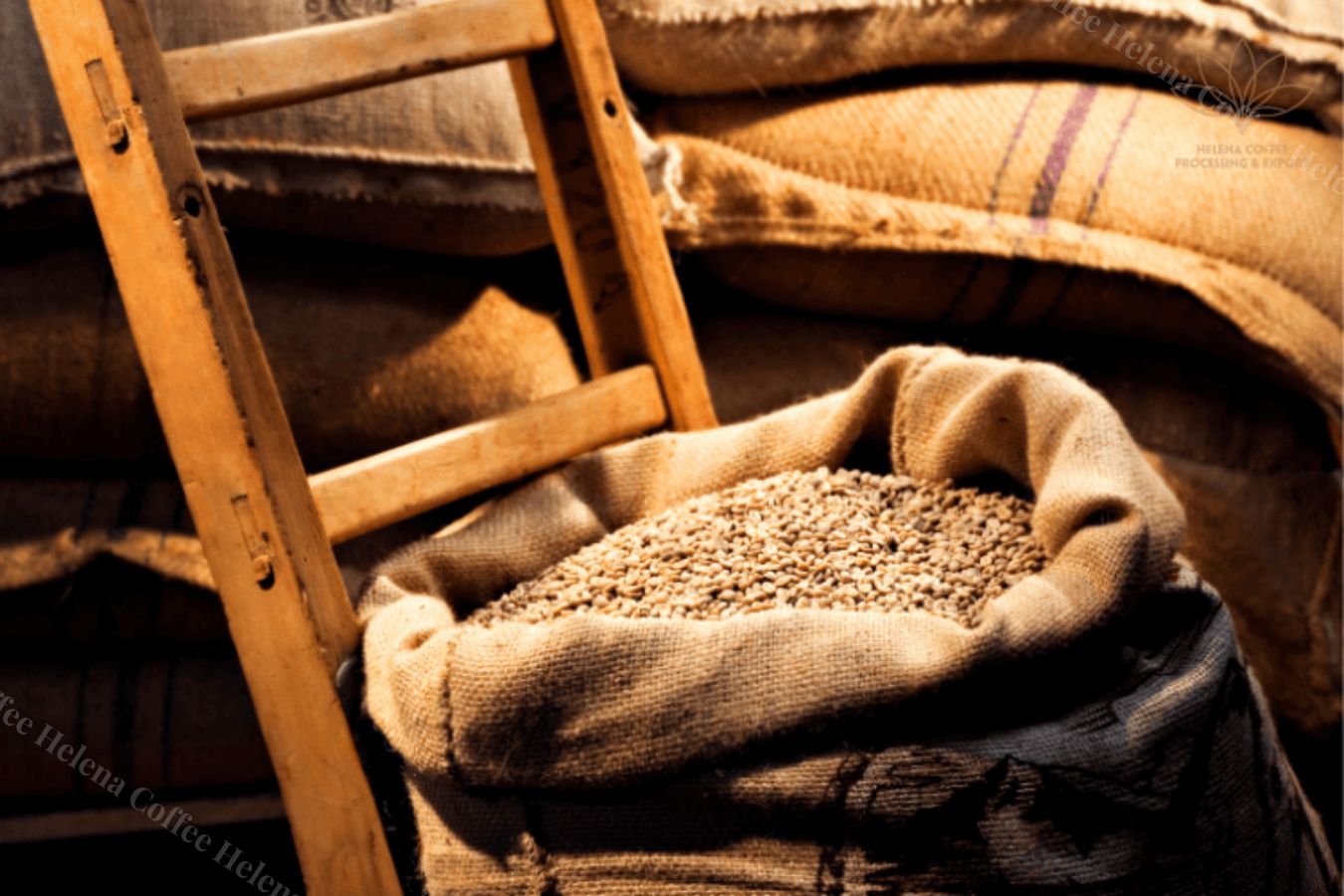
Additionally, established coffee exporters with a sizable market share and business ties to Vietnam may threaten newly established market players in this industry.
Brazil, the primary source of high-quality coffee for the Nordic region, is a significant rival. Additionally, there are vendors from Colombia, Peru, and Honduras.
However, this does not imply that Vietnamese coffee businesses do not have the chance to snag a piece of the lucrative Northern European market.
Brazil is the world’s largest coffee producer and a significant supplier to the Nordic region. Brazil produces Robusta (25%) and Arabica (75%), and it exports up to 95% of its Arabica.
Nevertheless, Brazil’s coffee-producing regions are comparatively flat, which expands the possibility of using machines rather than people.
Because robots can’t see the difference between ripe and unripe berries, which has led to inferior quality and lower coffee prices in Brazil.
Still, it has also drastically decreased labour expenses in the country’s coffee industry, especially compared to other nations producing. Brazilian Arabica of inferior quality is mainly used for mixing.
As a result, Vietnamese coffee manufacturers might benefit from the Nordic market’s high standards for coffee quality while trying to enter this challenging but lucrative market.
Vietnamese speciality coffee is typically manufactured by hand, with people caring for and producing it directly to satisfy local consumers’ preferences.
Longer-term, the fact that Vietnam’s premium coffee is acknowledged in a market noted for its meticulousness and stringent quality standards may also open doors for other Vietnamese agricultural products to enter the market.
For exporting coffee from Vietnamese, it’s also important to remember that Nordic coffee roasters target niche markets and adhere to the direct trade principles of building relationships.
Transparency, a solid long-term partnership, and high-quality products. Because of this, it is challenging for enterprises to enter this market, but the pineapple fruit is that when they do, there will be chances for stable, long-term cooperation with this regional partner.
Additionally, as of August 1, 2020, the EU and Vietnam have a free trade agreement, making Vietnamese coffee more competitive. Under this agreement, the tax on green coffee, a significant export from Vietnam to this market, is 0%.
Businesses might think about creating specialized coffee and branded coffee brands as 39 Vietnamese products, including Buon Ma Thuot coffee, are recognized and protected by the EU protected.
According to the International Trade Center (ITC), coffee is another good that Vietnam still has many opportunities to export to the Nordic nations.
The Vietnam Trade Office in Sweden also stated that Vietnamese companies must thoroughly research the market to import Vietnamese goods.
In terms of legislation, specifically, coffee imported into the Nordic region must adhere to the general standards and guidelines of the European Union for food, i.e., universal standards that apply to all nations.
General Food Law, Regulation 1881/2006 on the Maximum Concentration of Contaminants in Food, Regulation 396/2005 on the Threshold for Pesticide Residues, and Regulation 2073/2005 on Microbiological Criteria for Food are some examples of food-related regulations.
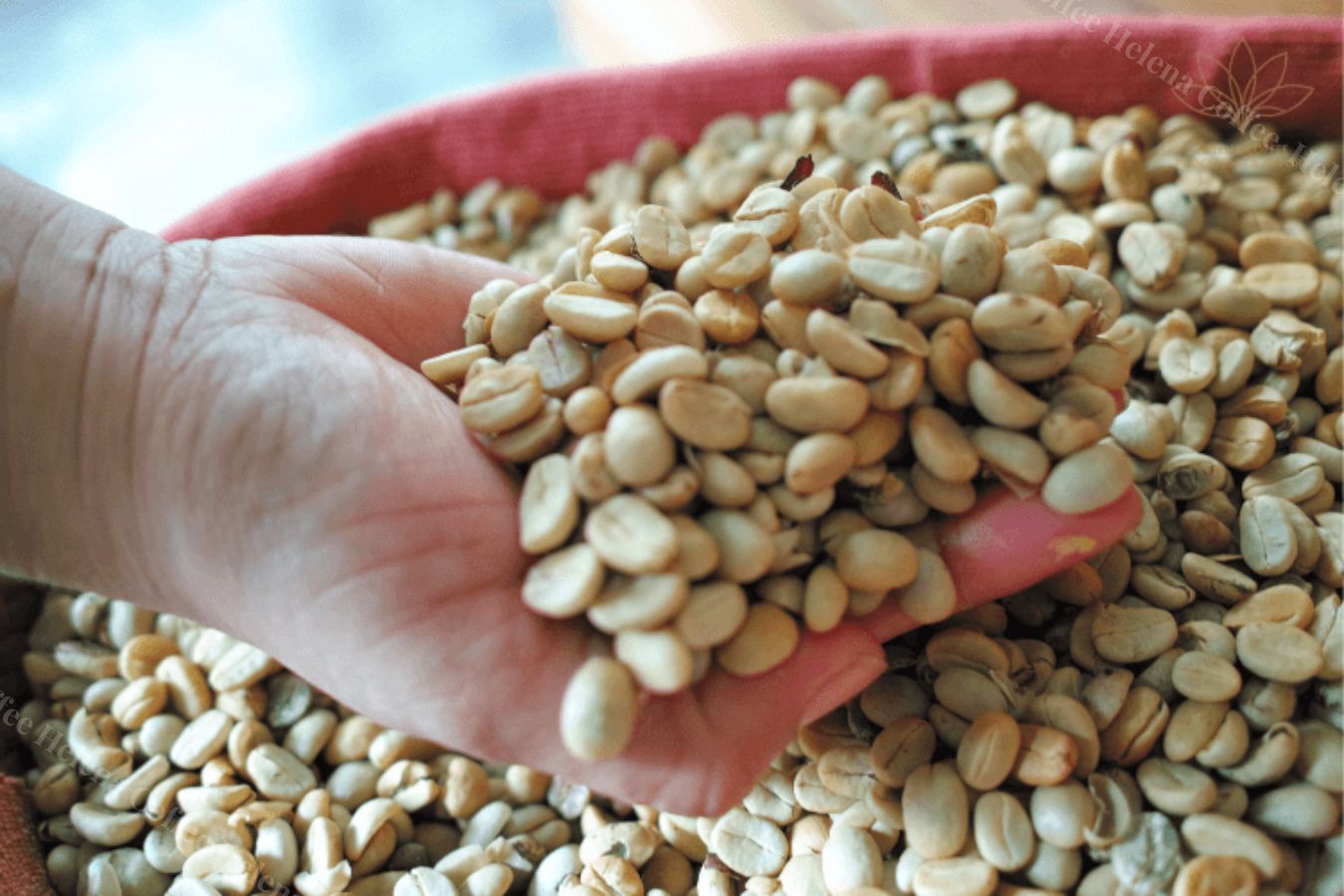
The areas of traceability, food safety, and hygiene require the most attention regarding coffee. Ochratoxin A is another chemical frequently present in excess in Vietnamese coffee supplied to Europe.
Another issue is the hydrocarbon pollution commonly discovered in coffee jute bags due to the “blend oil” used to soften the jute fibres before weaving.
For Vietnamese coffee businesses looking to dominate the Nordic market, several additional solutions and advice include adhering to the market’s mandatory regulations, fulfilling other requirements, identifying competitors to learn from and developing effective marketing strategies, developing a niche market for speciality coffee, branding, improving the customer experience, and adapting to the Nordic business culture.
Both in Northern Europe and Europe as a whole, supply chains are frequently getting shorter. As a result, retailers and roasters are increasingly looking to source their green coffee directly.
Businesses can use knowledge about the demand for Vietnamese coffee imports from host nations through the Vietnam deal in Sweden and actively connect trade.